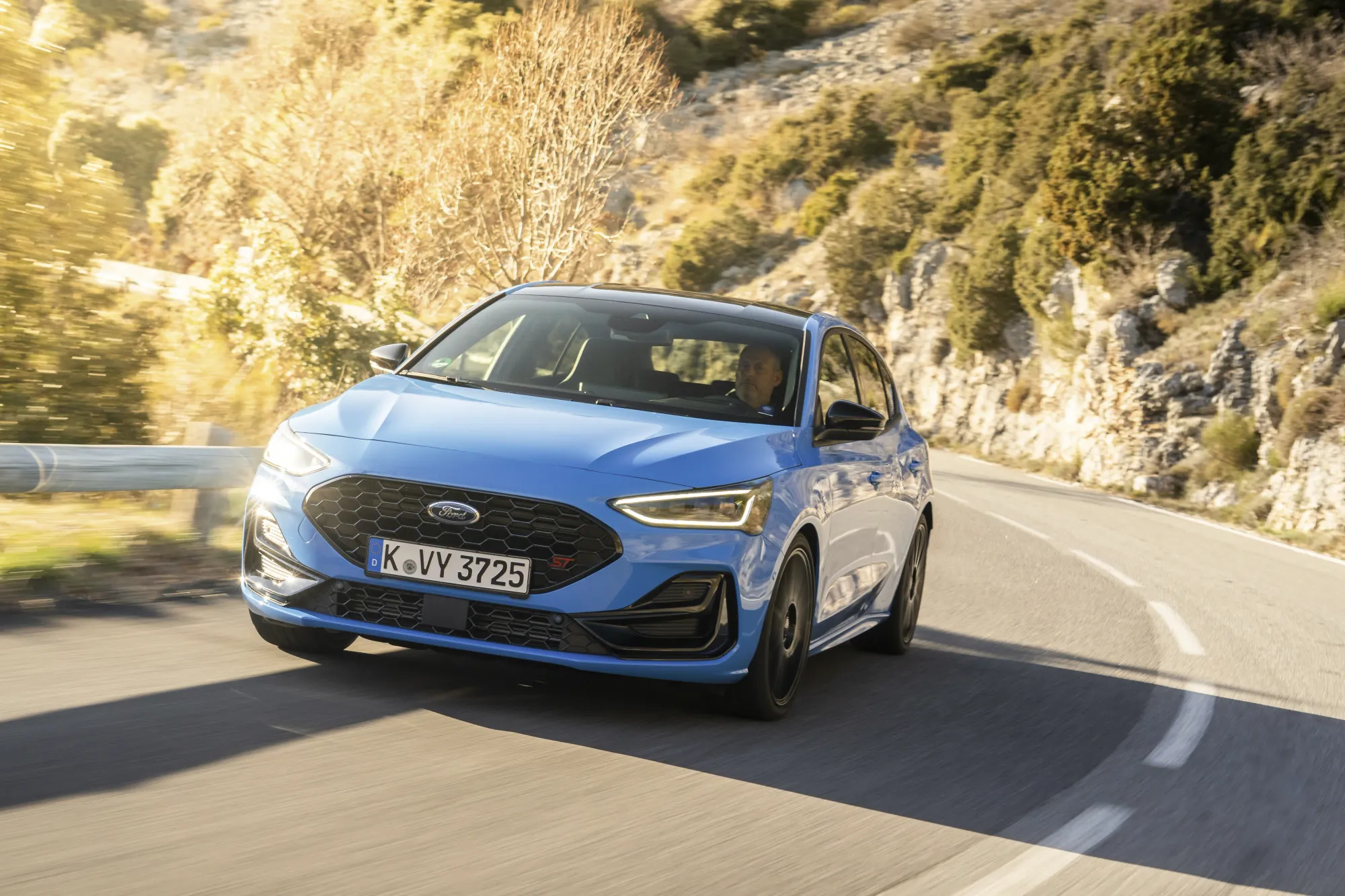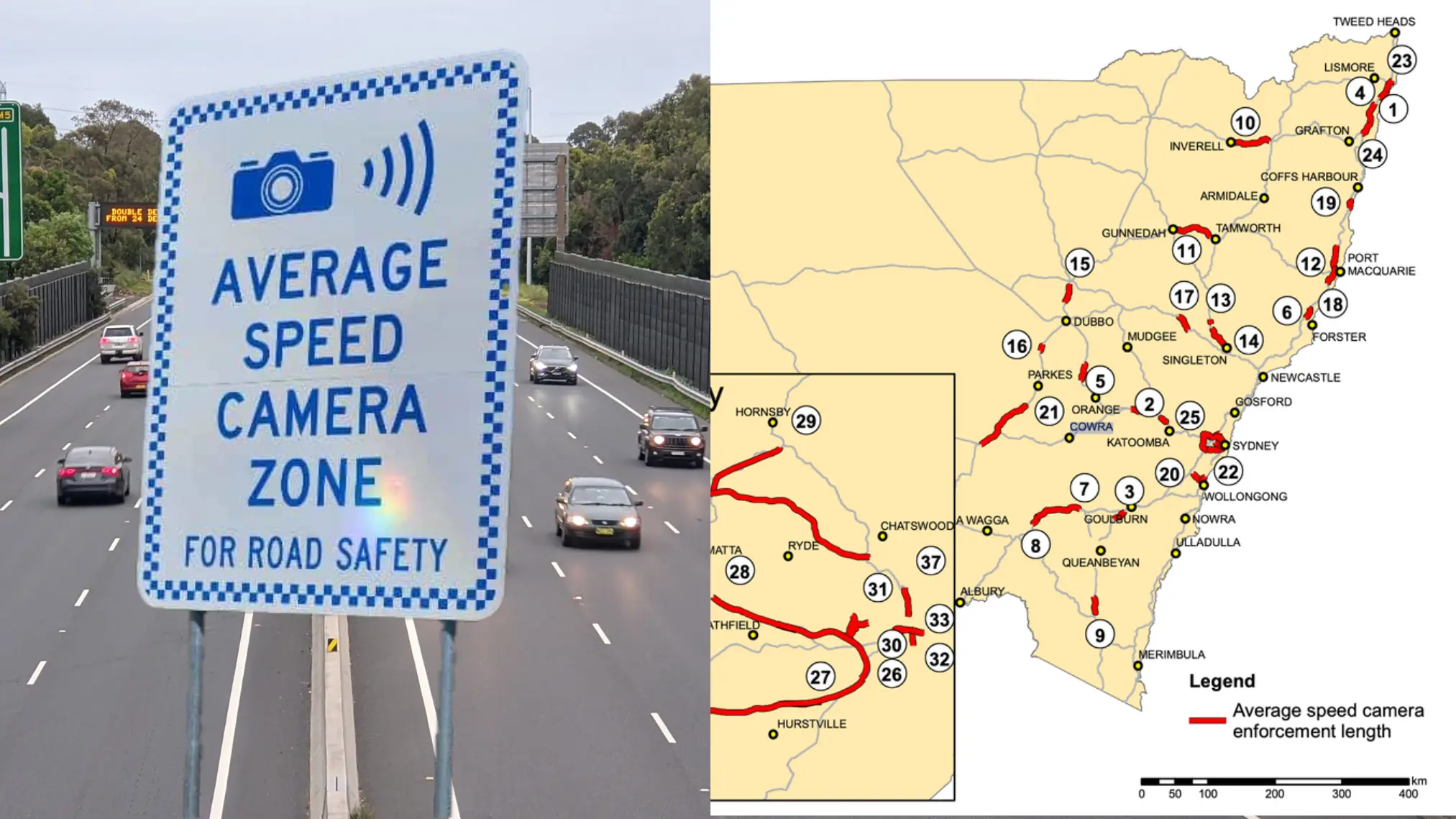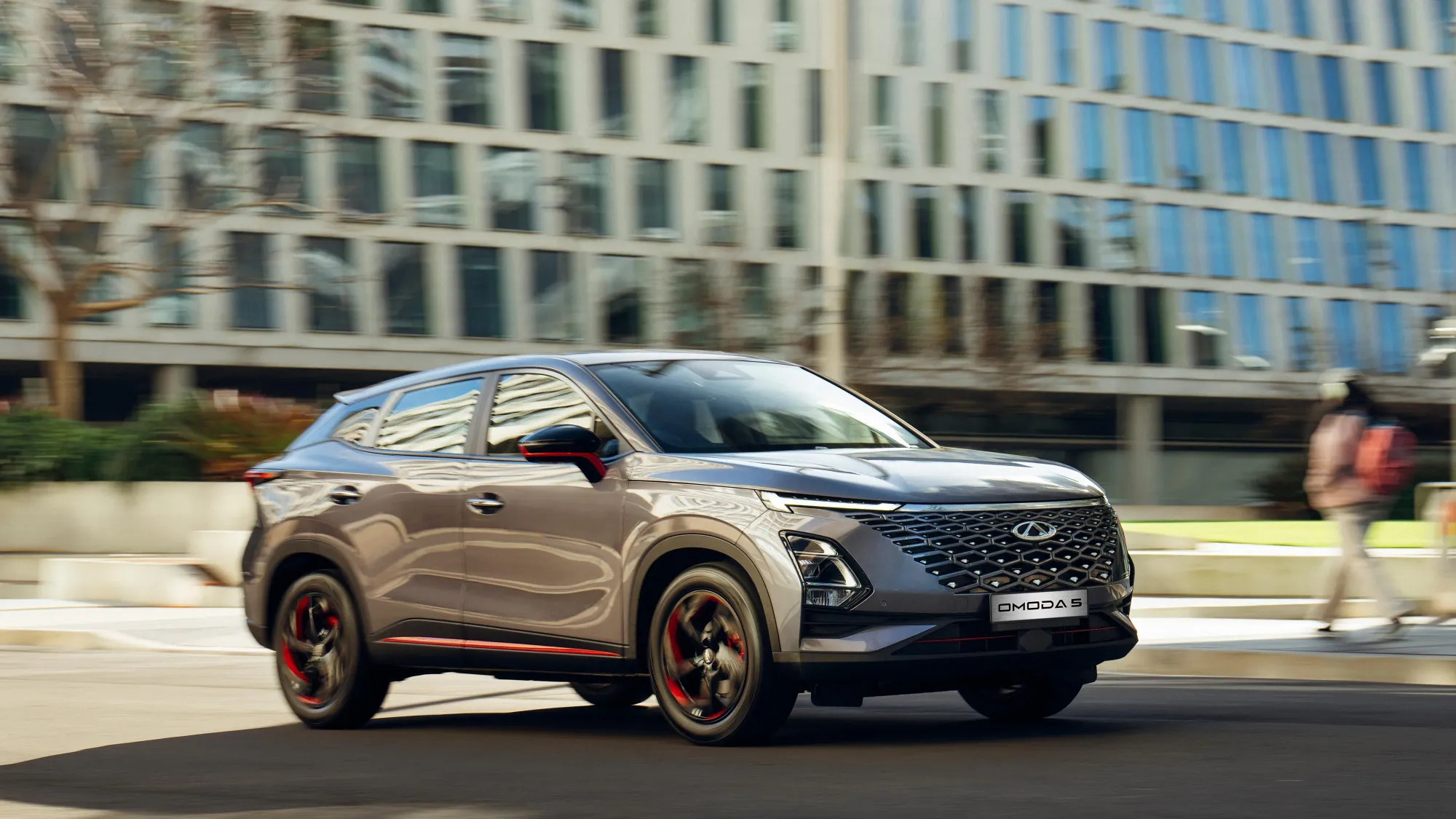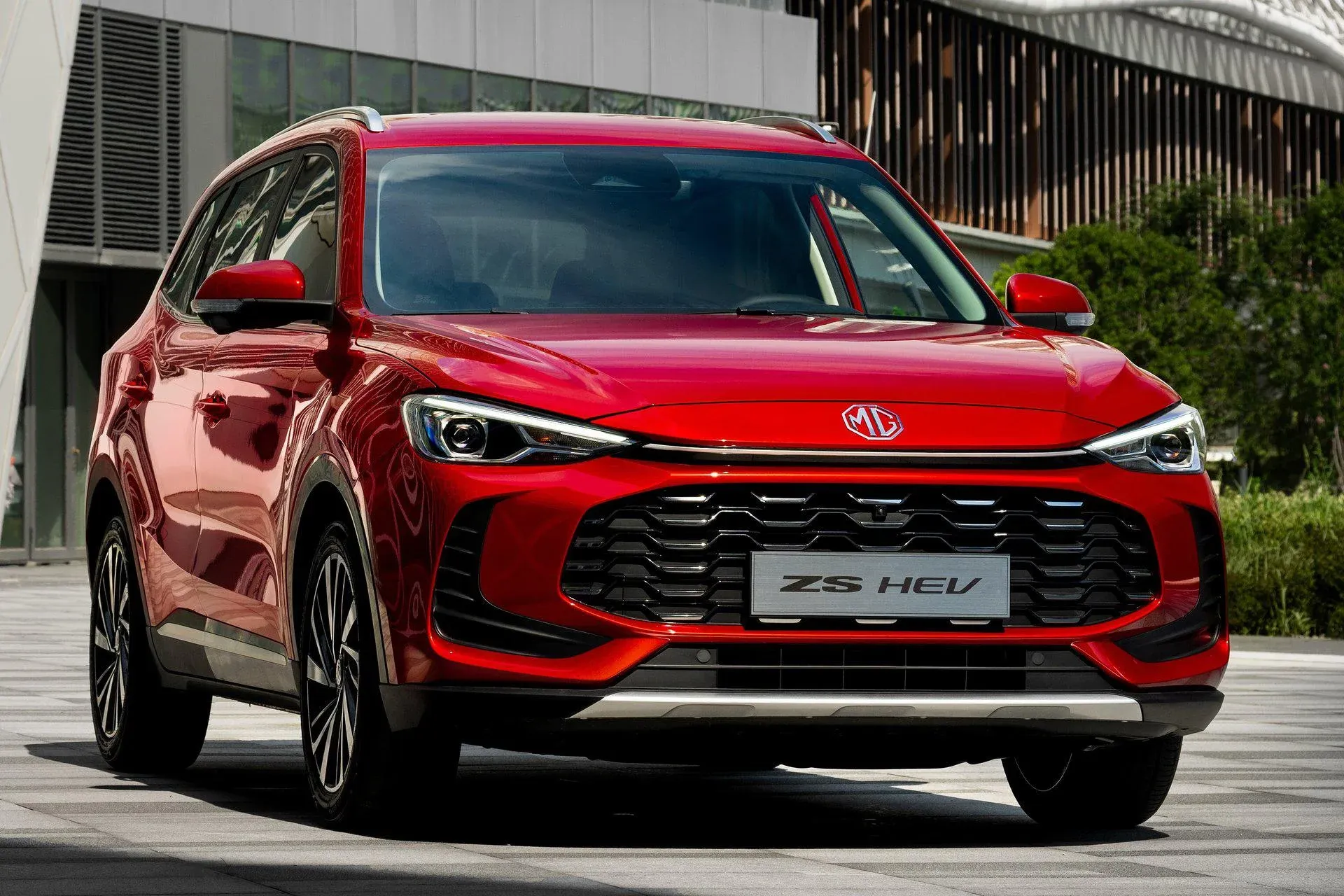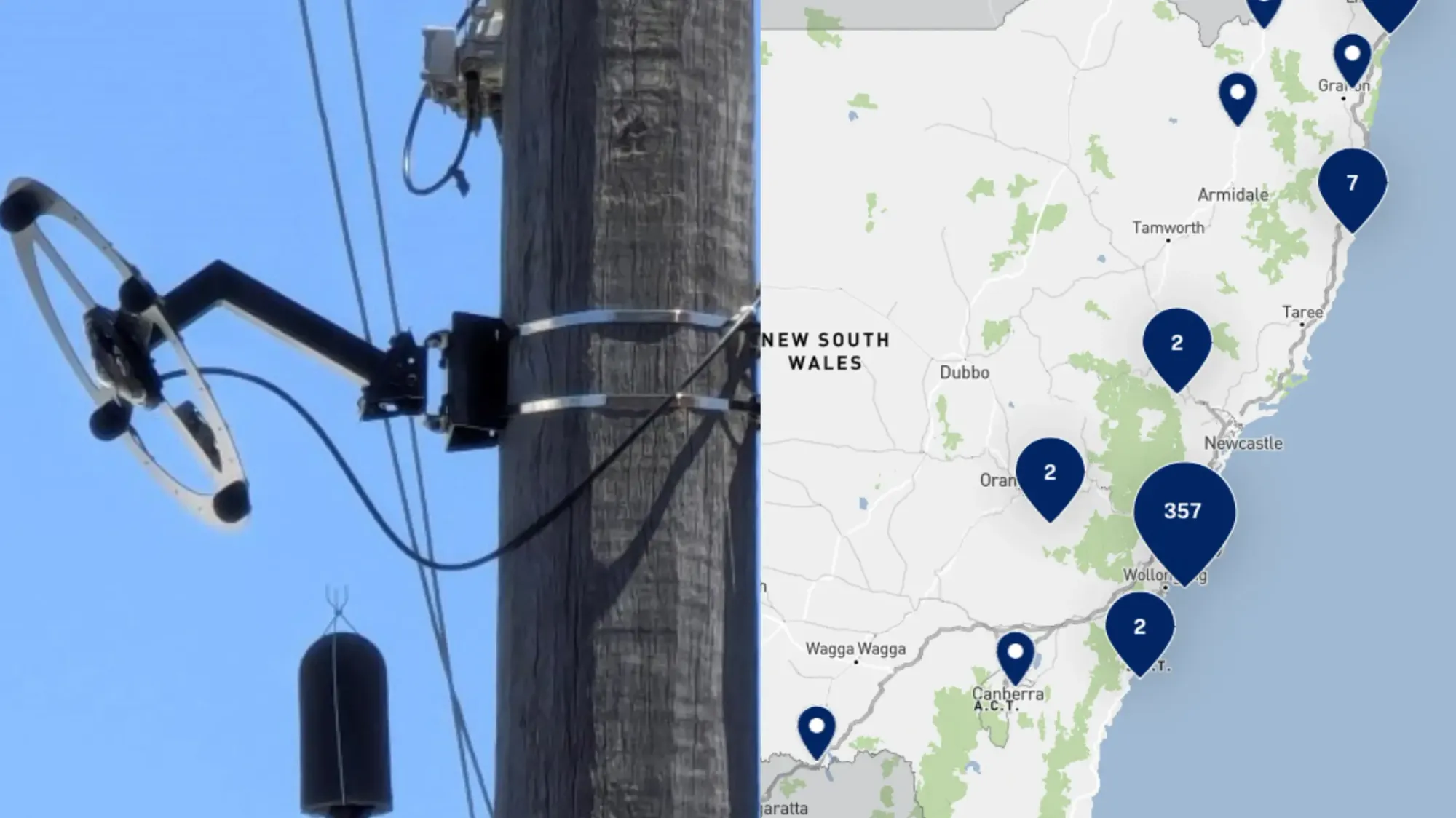The Australian Government has announced the introduction of the New Vehicle Efficiency Standard (NVES), set to commence on January 1, 2025. This new policy aims to reduce vehicle emissions and increase the availability of low-emission vehicles in the Australian market. Here's what you need to know about the NVES:
Emission targets:
The standard sets CO2 emission targets for new passenger cars, SUVs, and light commercial vehicles. Targets will become progressively stricter over time, encouraging manufacturers to introduce more efficient vehicles.

Implementation timeline:
- January 1, 2025: NVES comes into effect
- 2026-2029: Initial phase with moderate targets
- 2030 onwards: Stricter targets to align with global standards
How it works:

- Manufacturers will have fleet-wide emission targets to meet
- Vehicles with lower emissions will earn credits, while higher-emission vehicles incur debits
- Manufacturers must balance their credits and debits across their entire range
Impact on consumers:
- Greater variety of low-emission vehicles is expected to enter the market
- Potential for lower fuel costs as more efficient vehicles become available
- No direct penalties for consumers purchasing high-emission vehicles
Exemptions and special provisions:
- Small volume manufacturers have separate, more lenient targets
- Certain specialist vehicles (e.g., emergency services) may be exempt
Penalties for non-compliance:
- Manufacturers failing to meet targets may face financial penalties
- Details of penalty structure yet to be finalized
The NVES is expected to bring Australia more in line with international standards for vehicle emissions. It aims to address the country's relatively high average fleet emissions compared to other developed nations.

Industry response has been mixed, with some manufacturers welcoming the move towards cleaner vehicles, while others express concerns about the potential impact on vehicle prices and consumer choice.
As the NVES rolls out, consumers can expect to see a gradual shift in the types of vehicles available in the Australian market, with an increased focus on hybrid, electric, and other low-emission technologies.







